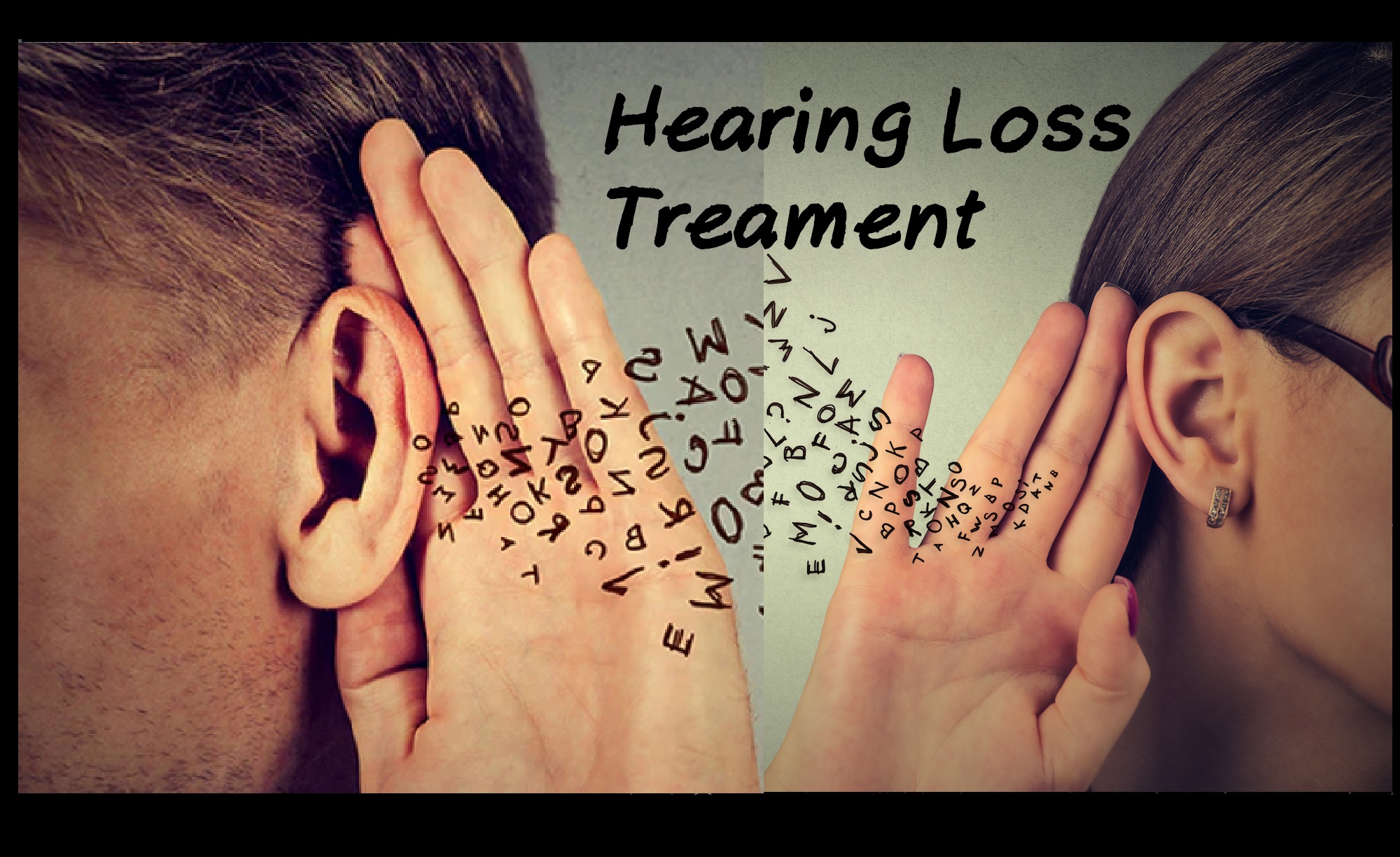Ear hearing loss
Hearing loss is one of the most common problems among people that can be caused by various causes. Hearing loss can occur in the early stages of life in infants or the elderly for the reasons listed below. The auditory system in humans plays an important role in the maturity of the auditory system and cognition by creating interaction and communication with the environment.
Hearing loss in infants can be due to reasons such as: jaundice, blood transfusions, infections before, during and after pregnancy, maintenance in the neonatal intensive care unit, head trauma, use of drugs that damage the ear and… .
Impact of hearing loss on speech:
What is the effect of hearing loss on speech?
Features the deep voice of people
The pitch of these people is higher than that of people with normal hearing, and with the disappearance of song patterns and speech stress due to production problems, resonance and resonance in their speech sound has become uniform.
Children’s speech is characterized by profound decline in slow time patterns, inefficient use of breathing, vowel elongation, distortion in vowel production, abnormal rhythm in speech, excessive use of nausea, and excessive use of vowel without distinguishing between adjacent consonants.
Studies have shown that at best, 20-25% of the speech of deeply deaf people is intelligible
Ways to diagnose hearing loss
Ways to diagnose hearing loss are divided into 4 types:
1. Transient hearing loss
2. Nervous sensorineural hearing loss
3. Mixed hearing loss
4. Central hearing loss
Transient hearing loss
Any obstruction in the transmission of sound from the external ear canal to the inner ear causes transient hearing loss.
In these cases, the function of the inner ear is normal.
But the vibration of the sound cannot stimulate the cochlea due to airway obstruction.
The most common cause of hearing loss in children is otitis media, so the most common type of hearing loss in children is transient hearing loss and it is said that almost all people get ear infections in childhood.
However, it should be noted that studies have shown that 50% of children with serous otitis have a drop of less than 15 decibels.
This type of hearing loss sometimes resolves on its own, but often requires surgical or medical treatment to return to normal.
Transient hearing loss is reportedly often associated with pink-cranial problems.
Nervous sensorineural hearing loss
This type of hearing loss is caused by damage to the sensory terminal organs or hair cells located in the cochlea or due to nerve disorders.
It is very difficult to distinguish the sensory type from the neural type, but tests such as EcoG, OAE and AEP can be used to help diagnose sensorineural hearing loss.
In sensorineural hearing loss, both the bony and the airways are affected.
This type of hearing loss is in most cases permanent and irreversible
Mixed hearing loss
Hearing loss is of the mixed type when there is both transmission and sensory neurological loss.
In the audiogram, BC thresholds are better than AC, the extent of this type of hearing loss depends on the size of the ABG, and with treatment, the hearing thresholds improve but do not return to normal hearing levels.
Central hearing loss
Childhood central nervous system disorders can be divided into two categories:
People with specific neuropathology and people with unknown causes that are characterized as communication disorders.
A large proportion of children known as central disorders are diagnosed with communication disorders despite normal hearing and lack of neuropathological observation.
In central hearing loss, hearing thresholds are normal but the person has difficulty understanding.
Approximately 30% of all students diagnosed with learning disabilities have a history of chronic middle ear infection and transmission failure.
Note the results of an article conducted in 2013 on the elderly group for 6 years with the aim of investigating the role of hearing loss and brain decline:
The results showed a higher prevalence (41% more) of cognitive problems in people with hearing loss than people with normal hearing.
In cognitive tests, people with hearing loss had lower scores than normal people.
In general, with increasing hearing loss, more cognitive problems or lower scores on cognitive tests were obtained.
People with hearing loss were 24% more likely to have cognitive problems than people with normal hearing.
The results also showed a comparison between hearing-impaired people with and without hearing aids:
Higher cognitive scores were seen in people using hearing aids.
So in general, hearing loss can play an important role in accelerating the decline in cognition and the prevalence of cognitive problems (30 to 40%) in the elderly.
The results of this study and previous studies indicate a significant relationship between increased hearing loss and poorer cognitive function on linguistic and non-linguistic cognitive tests.
As a result, the use of hearing aids is useful for the elderly in several ways:
The hearing aid compensates for the hearing loss of these people and prevents other problems such as tinnitus.
Hearing rehabilitation such as hearing aids can prevent such cognitive problems.
As mentioned in previous articles, with the advancement of technology in hearing aids, there are features and options for hearing aids.
It can be considered as a treatment for people with tinnitus.
) For more information, read the related articles in the buzz section)
With the advancement of technology, hearing aids come in different sizes, technologies and powers
For each person, there is a need for accurate hearing assessment and selection of the most appropriate hearing aid
Prescribing hearing aids to deaf people
Prescribing hearing aids to deaf people: In hearing, balance and hearing aid clinics, we always encounter patients who have severe to profound hearing loss in both ears or one ear, most of whom are children and adults.
Now the question that arises here is as follows:
What counseling should be done in case of encountering these patients?
What kind of arrangements should be made in the form of their hearing aids?
What type of hearing aid and with what specifications should be prescribed?
The factors that should be considered in prescribing hearing aids are as follows:
Due to severe hearing loss, the patient needs to use a hearing aid.
The use of two hearing aids, whether smart hearing aids or analog hearing aids, increases the SNR, and this, in addition to increasing the natural volume, improves the spectral resolution problem in patients with severe to profound decline.
Select the hearing aid so that its coverage area can cover the patient’s hearing loss.
In patients with severe to profound hearing loss, a hearing aid with a gain of 70 to 80 is suitable.
Due to the high power of the hearing aid, it is necessary for the hearing aid feedback circuit to be of the FBC conservation feedback type.
(This type of circuit eliminates the hearing aid feedback without reducing the gain, by finding the feedback frequency of a sound with the same frequency and intensity and in 180 degrees fuzzy difference and causes the exact removal of the hearing aid whistle).
In these patients, the spectral resolution is reduced, so it is necessary for the hearing aid to have the best Noise Cancellation circuit.
The design of the directional microphone is designed in such a way that the bass frequencies are cut. Now, in patients with severe to profound decline, because they rely heavily on bass frequencies, it is recommended that the hearing aid microphone be set to omni directional.
Patients with severe to profound sensorineural hearing loss require a high SNR, so it is recommended that they choose a hearing aid that, in addition to a consonant noise program, has a speech-enhancing program that can provide a higher SNR hearing aid.
In all hearing aids, the power of the hearing aid decreases with increasing frequency. On the other hand, patients with severe to profound hearing loss have more hearing at high frequencies.
For this reason, using the HORN format in the form of a hearing aid can help increase the output of high frequencies.
Which is shown in the figure below.
It is also necessary to prepare the FULL SHELL hearing aid mold with the appropriate channel length
In patients who have moderate loss at low frequencies but at high frequencies their loss is deep
It is recommended that the hearing aid be equipped with a frequency transmission / frequency compression program.
If the patient is using the hearing aid for the first time, the prescription formula of the hearing aid must be non-linear.
However, if the patient has a long history of using analog hearing aids, it is necessary to choose a linear formula in prescribing hearing aids.
The number of hearing aid channels should be selected according to the shape of the patient’s hearing loss.
Because the rate of interest applied in a sharp to deep drop is very high, the possibility of feedback is high
Therefore, it is necessary to select the number of hearing aid channels appropriate to the shape of the hearing loss.
Tinnitus Causes and its treatment
What are the causes and treatment of tinnitus?
Tinnitus is the medical name for tinnitus, which can occur in one or both ears or inside the head.
Most of the time, tinnitus or ringing in the ears is not an important issue and will eventually go away.
Rarely, tinnitus can indicate a serious illness.
Meanwhile, a person with tinnitus can only hear these annoying sounds himself
When do we hear a faint sound in our ears?
Due to the different sounds outside the body, we usually do not hear our own body sounds.
But when something like the mass of the ear or the presence of a foreign object in the ear prevents the entry of external sounds, we hear sounds inside the body.
Tinnitus has always been mentioned as a sign of illness. Tinnitus can usually be accompanied by hearing loss, dizziness, and ringing in the ears.
Tinnitus, or the whistling of the ears, warns the patient that something is happening in the body, especially in the ears. Many factors can cause tinnitus. The most important cause of tinnitus is hearing loss. Tinnitus can also be associated with hearing loss. Tinnitus can be associated with high blood pressure, heart disease, brain tumors, vascular damage to the brain, migraines and severe head trauma, and high stress and anxiety.
Tinnitus can be accompanied by dizziness in conditions such as sudden hearing loss, Meniere’s disease (increased ear pressure), brain tumors, and severe head trauma. In this case, the patient’s ears whistle and dizziness, imbalance and severe nausea appear in the patient.
Tinnitus is most often caused by hearing loss in the left ear due to cardiovascular problems. For example, in most drivers, because the left ear is out and the wind always hits the ears, hearing loss occurs and gradually with the increase of hearing loss in the left ear, tinnitus also occurs.
Tinnitus also occurs more frequently in right ear hearing loss, brain tumors.
Tinnitus Causes and treatment:
Causes of tinnitus
The source of tinnitus can be a problem in the inner ear, middle ear, outer ear or brain.
Common causes of tinnitus include:
Existence of fluids, infection or disease in the bones of the middle ear or eardrum
Damage to the auditory nerve in the inner ear
– Loud noise
– Some drugs such as aspirin and some antibiotics
Meniere’s syndrome
In rare cases, tinnitus can be a sign of serious brain problems such as a brain aneurysm or auditory nerve tumor.
– A blow to the head
Accumulation of mass in the ear
– Dental problems or temporomandibular joint problems
– Sometimes the accumulation of mass in the ear causes tinnitus.
Therefore, by consulting a specialist, remove the mass of your ear to stop the sounds
– Ear and head radiation therapy
– Rapid change of ambient air pressure
– Fast weight loss
Frequent neck exercise
– Circulatory problems
Neurological diseases such as MS or migraine headaches
– Anemia
– Thyroid disease
– Atherosclerosis
Inflammation and infection of the inner ear
– Nerve tumor related to the ear
Ways to diagnose tinnitus
If your tinnitus is persistent, or if you have lost your hearing due to this tinnitus or you have lost your balance, be sure to see an audiologist, ENT specialist and neurologist. .
Note that all people with tinnitus should have a hearing test.
Other necessary tests include:
Brainstem Auditory Responses (ABR)
Computer test of the auditory nerve and auditory pathways of the brain
CT scan and MRI to rule out auditory nerve tumor
Tinnitus treatment
In many cases there is no cure for tinnitus.
Some doctors recommend taking niacin (vitamin B3) to reduce tinnitus.
However, there is no scientific evidence that niacin reduces tinnitus and may also cause hot flashes.
Antidepressants seem to be effective in reducing tinnitus, but you should still seek help from your doctor.
Sometimes a buildup of plaque in the ear causes tinnitus.
Therefore, by consulting a specialist, remove the mass of your ear to stop the sounds.
Home treatment
Reduce or avoid caffeine consumption
– Reduce or avoid salt consumption
– Stop smoking
Some people are deficient in zinc, so they get better with a zinc supplement under a doctor’s supervision.
People with tinnitus and sleep disorders are treated with the hormone melatonin.
Ginkgo biloba has been used to treat tinnitus to date.
Prevention of tinnitus
Do not use ear cleaners: Ear cleaners cause the mass to stick to the eardrum and cause tinnitus.
– Protecting the ears in the workplace: Some jobs, such as hairdressers who work with hair dryers or gardeners who use lawn mowers, or workers who dig the street with drills and work with drills, need earplugs.
– When you are in a place where there is a lot of noise and it bothers your ears, cover your ears with earplugs.
– Do not use cotton or paper towels to avoid noise, as they may sink into the ear canal.
Lack or reduction of alcohol and caffeinated beverages
Do not smoke: Cigarette smoke also causes tinnitus, ear infections or asthma.
Tinnitus is more common in obese people, so exercise regularly and balance your weight









